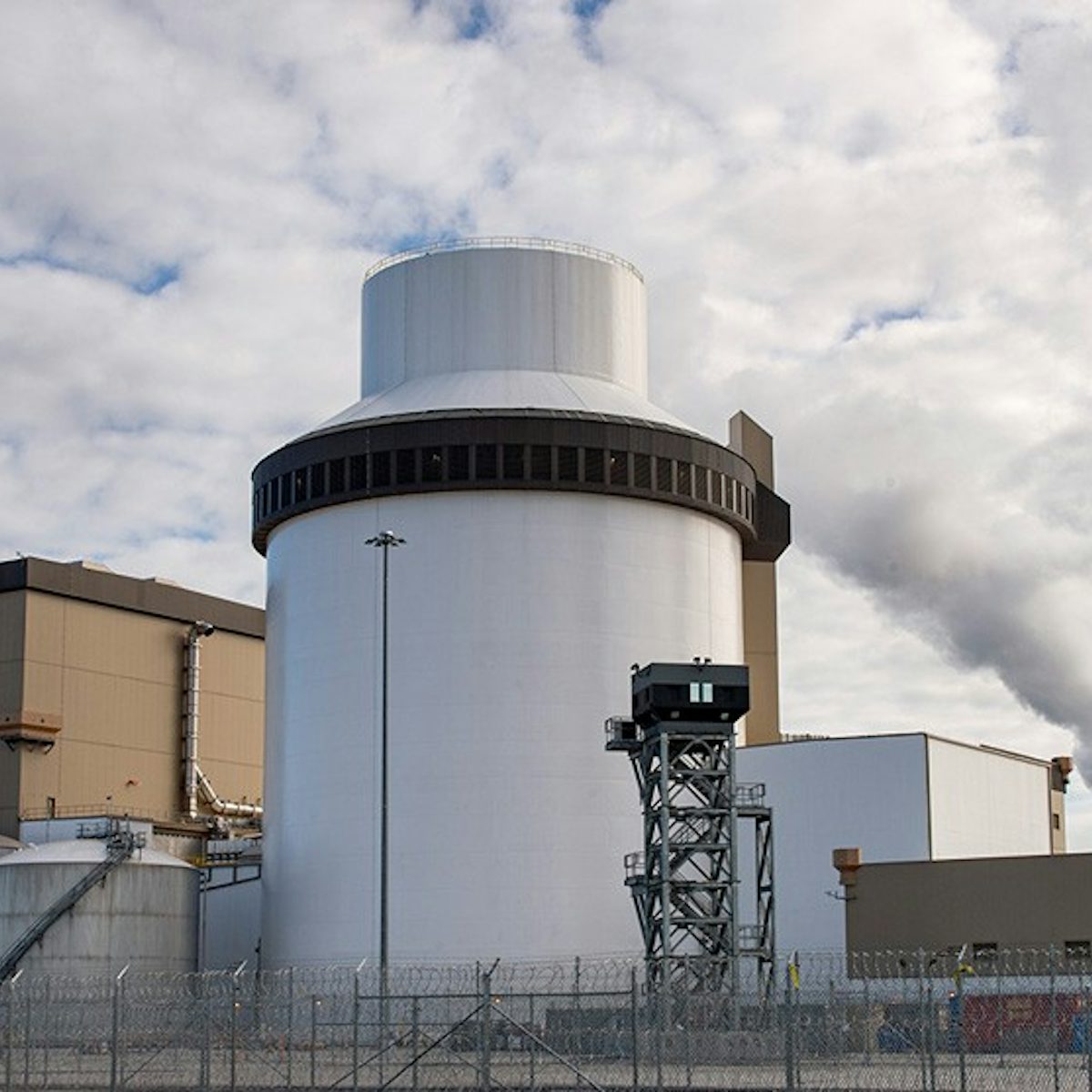Westinghouse AP1000 unit could begin commercial operation during second quarter.
Unit 4 at the Vogtle nuclear power station in the US state of Georgia has been synchronised and connected to the electric grid for the first time.
Georgia Power, majority owner of the Vogle nuclear station, said grid connection is another major milestone in startup testing for the Westinghouse-supplied AP1000 nuclear power plant, which reached first criticality on 14 February.
The company said operators will continue to raise reactor power for generation of electricity while performing tests at various power levels, ultimately raising power to 100%.
Once all startup testing is successfully completed and the unit is available for reliable dispatch, Vogtle-4 will enter commercial operation, planned for the second quarter of 2024.
Vogtle-4 is the second Westinghouse AP1000 plant at the Georgia site. Vogtle-3 began commercial operation on 31 July 2023.
Vogtle-3 and -4 are the first nuclear units to be built in the US in more than three decades, but have seen cost overruns and delays.
The $14bn (€13bn) original cost of Vogtle-3 and -4 has risen to more than $30bn. The cost for Georgia Power, with a 45% share of the project, will be about $15bn.
Construction of Vogtle-3 began in March 2013 and of Vogtle-4 in November 2013. The in-service date for Vogtle-3 when the project was approved in 2012 was 2016.
In October Georgia Power said the in-service date for Vogtle-4 was being pushed back to 2024 due to a motor fault in one of four reactor coolant pumps.
Not including Vogtle-4, the US has 93 operating commercial nuclear reactors at 55 sites in 28 states. They generate about 18% of the country’s electricity. Vogtle-4 is the only unit under construction.
Georgia Power owns 45.7% of Vogtle, with power companies Oglethorpe owning 30%, Municipal Electric Authority of Georgia (MEAG) Power 22.7% and Dalton Utilities 1.6%.
There are two older reactors at Vogtle that began commercial operation in the late 1980s.



LCOE as defined as “total cost divided by total energy” give an indication. The total costs for building & financing (which itself is 2/3 of this bracket!) is $31 billion for both units. The design life is 60 years, but is likely to exceed that to at least 80. Let’s put OPEX at $250M annually per unit.
With these numbers we get to an LCOE of around $53 per MWh. Then again, LCOE is a financing metric which is often used for a shorter period, so in practice it’ll cost more in the first 30 years and be ‘free’ after that. LCOE isn’t a great metric if you want to look at what you’re going to pay for your power bill.